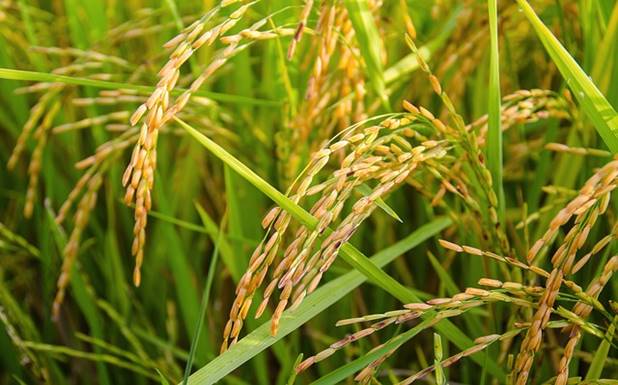Jamtikra: Many indigenous varieties of paddy like Nagara, Meghanada, Champa, Dudhasara, Dhinkiasala and Ramaboita have become almost extinct and they are not being cultivated anymore.
The farmers of Odisha have given up traditional paddy varieties and have accepted hybrids instead. Hybrid paddy varieties are generally high yielding and are resistant to biotic and abiotic stresses.
Hybrid paddy varieties are gaining popularity and indigenous varieties are becoming obsolete. Farmers are also being lured by promotional drives of the government. As a result, nearly 2,000 traditional, indigenous paddy varieties are about to become extinct.
Earlier, traditional varieties of paddy like Lalata, Kuliha, Moti, Sunamali, Sarala, Sneha, Srota and Padmini were being cultivated. But now hybrid varieties of paddy have almost completely replaced them.
There are fears that prolonged cultivation of hybrid paddy varieties might damage the environment and affect bio-diversity. Moreover, as private companies have patent rights over most hybrid paddy varieties, a farmer cannot keep it for repeat use from his harvested produce.
Many aromatic, medicinal paddy varieties like Basumati, Pimpudibasa, Kalajira and Sabitri are in danger of becoming extinct. A paddy variety named Karani was considered ideal to control acidity and gastric problems.
In Attabira block of Bargarh district known as the ‘Rice Bowl’ of Odisha, farmers have come forward to protect indigenous paddy varieties to save them from extinction.
Educated farmers here have started campaigning for indigenous varieties of paddy. They are focusing on the fact that these paddy varieties require less capital investment compared to hybrids.
The farmers of Attabira have appealed to the government to protect all traditional, indigenous varieties of paddy.
PNN






